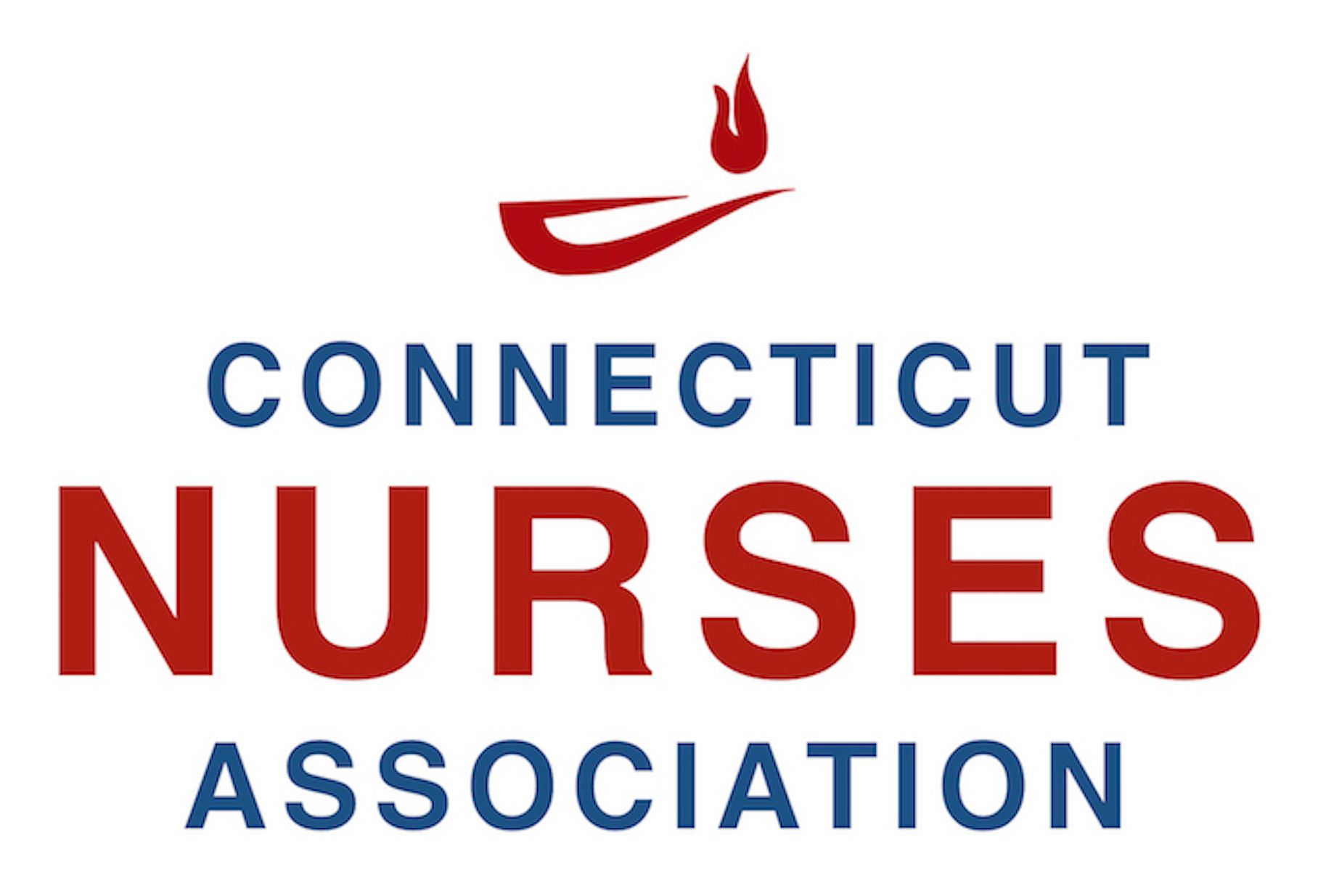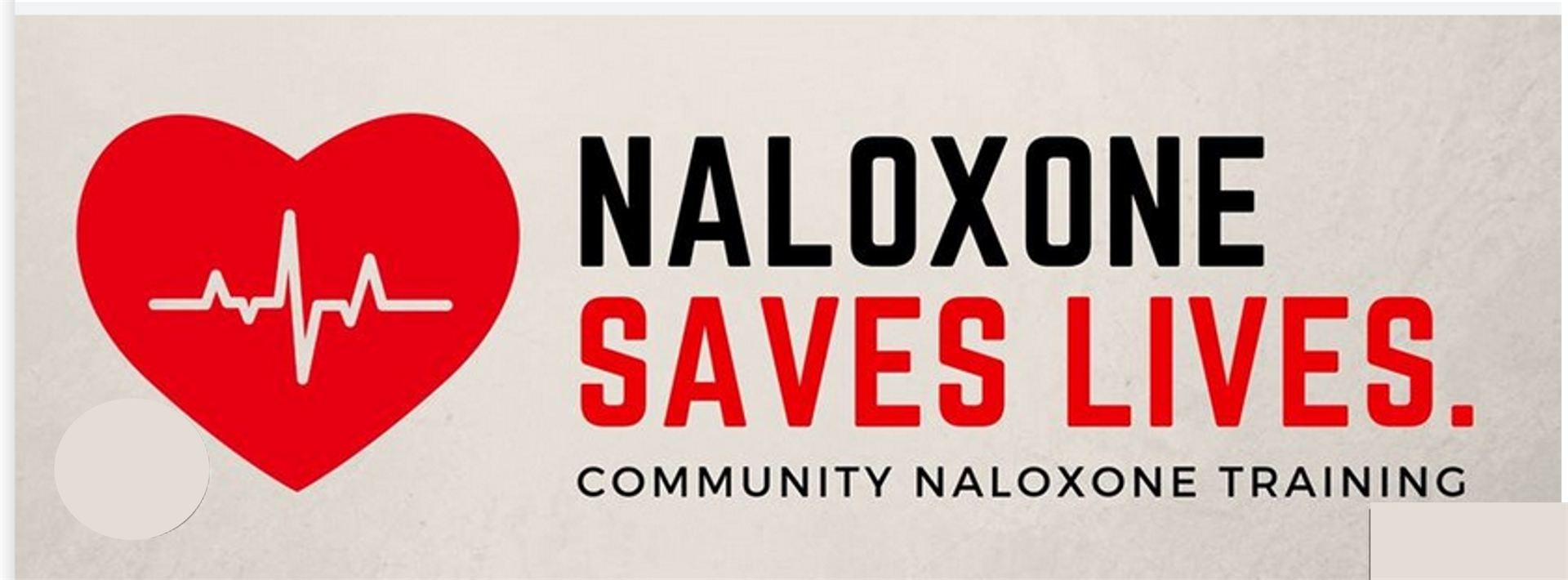 |
- Home
- Issues_Opiates-Naloxone
Opiates/Naloxone |
2021 CT Data: 1,530 total overdose DEATHSRanked 9th amongst states for deaths per 100,000 persons |
75.7% that at least one potential opportunity for intervention | 92.7% involved at least one opioid and 43.7% at least one stimulant. Fentanyl and Cocaine the most common. | 31% Naloxone administered |
What Can Nurses Do? |
Since 2011 CT has passed many laws related to Opioids and Naloxone, learn more | Follow our Action Center for 2023 Legislative Initiatives |
News/Updates
|
Get trained, learn about Naloxone |
Four Pillars Drug Strategy
|
CT ClearinghouseCT Center for Prevention Wellness and Recovery, Wheeler Clinic
Connecticut Clearinghouse is a statewide library and resource center
for information on substance use and mental health disorders, prevention
and health promotion, treatment and recovery, wellness and other
related topics. Materials from our specialized library and resource
center are available to Connecticut families, teachers, students,
professionals, communities and childrenAccess to Naloxone and TrainingWhat is Naoloxone Naloxone is only effective on opioids (heroin, OxyContin, Vicodin, fentanyl, etc.) Persons given naloxone who have not overdosed on opioids will not be harmed. Persons dependent on opioids who are given naloxone will experience opioid withdrawal. In any overdose situation, 9-1-1 should be called and naloxone should be administered if opioids are involved or suspected to have been involved. Download NORA: Naloxone + Overdose Resonse App (free, CT DPH)
Get Trained and Spread the Word! Clinicians play an important role in raising awareness about naloxone. Talk with your patients and their family, friends, and caregivers about the benefits of naloxone. Help reduce the stigma sometimes experienced with its use. CDC Module Learning How to Talk to Families and Patients about Naoloxone How to get Naloxone in CT
Free Training and Naloxone for Health Professionals CDC Fact Sheets and posters Identifying Risks When Prescribing Opioids pdf icon[PDF]: This clinician fact sheet highlights factors that can put patients at higher risk for opioid-related harms notice. |
Knowledge, Skills, and ResourcesPain, Opioids, Naloxone and more!
|
Nonopioid Treatment for Pain
|
|
60-second clip that highlights the risks of opioids and offers some nonopioid options for chronic pain management. Manage chronic pain, prevent opioid use disorder, and refer to the CDC Guideline for Prescribing Opioids for Chronic Pain to minimize patient risk and save lives. | Risk Factors in Opioid Prescribing This video (3.5 min) addresses the various risk factors likely to increase susceptibility to opioid-associated harms and suggests strategies for mitigating these risks. | Even When Prescribed by a Doctor Informational, 1-minute-31-second video that raises awareness about prescription opioids among the general public. Some people might think prescription opioids are safer than alcohol or illegal drugs, but the truth is they carry serious risks and side effects. Talk with your doctor about your concerns and make informed decisions about pain management together. | Tapering Opioids for Chronic Pain 3.5 min clip describes when and how clinicians should initiate opioid tapering and outlines ways to support patients through the process. Lower dosages, tape or discontinue, provides tips for working with patients to meet their needs. |
Connecticut Data: Statewide Opioid Reporting Directives (SWORD) provides realtime information on overdoses, overdose deaths, and response.
CT EMS Statewide Opioid Reporting Directive : EMS must report any suspected opioid overdose case.
Connecticut Resources
- DMHAS-funded Regional Behavioral Health Action Organizations (RBHAOs) can provide training as well as naloxone.
- DPH-supported mobile vans offering Specialized Syringe Programs for needle exchange that also offer naloxone and training.
- Harm Reduction programs may also offer free naloxone and training. Click here for a list of syringe service (needle exchange) programs in Connecticut.
Helpful Resources and Links
- Information on how pharmacists can become certified to prescribe naloxone
- Harm Reduction Coalition: Raise Awareness About Overdose and Naloxone
- Prescribe to Prevent: Prescribe Naloxone, Save a Life
- CT Prescription Drug Collection Boxes
- Therapeutic Intranasal Drug Delivery
- SAMHSA Opioid Overdose Prevention Toolkit / Manual de Instrucción de SAMHSA Para la Prevención de Sobredosis de Opioides
- Give Naloxone - Save a Life
- CDC - Injury Prevention & Control: Prescription Drug Overdose
- CDC - Rx Awareness Campaign
- New York State Training Video
- International Overdose Awareness Day: August 31st
- Drug Abuse in Middle Schools (QuitHeroin.com)
https://portal.ct.gov/DMHAS/Programs-and-Services/Finding-Services/Finding-Services
211 United Way Connection to State Resources to Address Opioid Substance Use Treatment Options
https://uwc.211ct.org/opioid-substance-abuse-treatment-options-in-connecticut/
Preventing Opioid OverdoseThe best way to prevent opioid overdose deaths are to improve prescribing, reduce exposure to opioids, prevent misuse, and treat opioid use disorder.
Create Resources and Strategies for your workplace.
Conversation Starters, include strategies for talking to patients about treatment for substance use disorders.
Conversation Starters: Communicate the benefits of naloxone to patients, their family members, friends, and caregivers.
